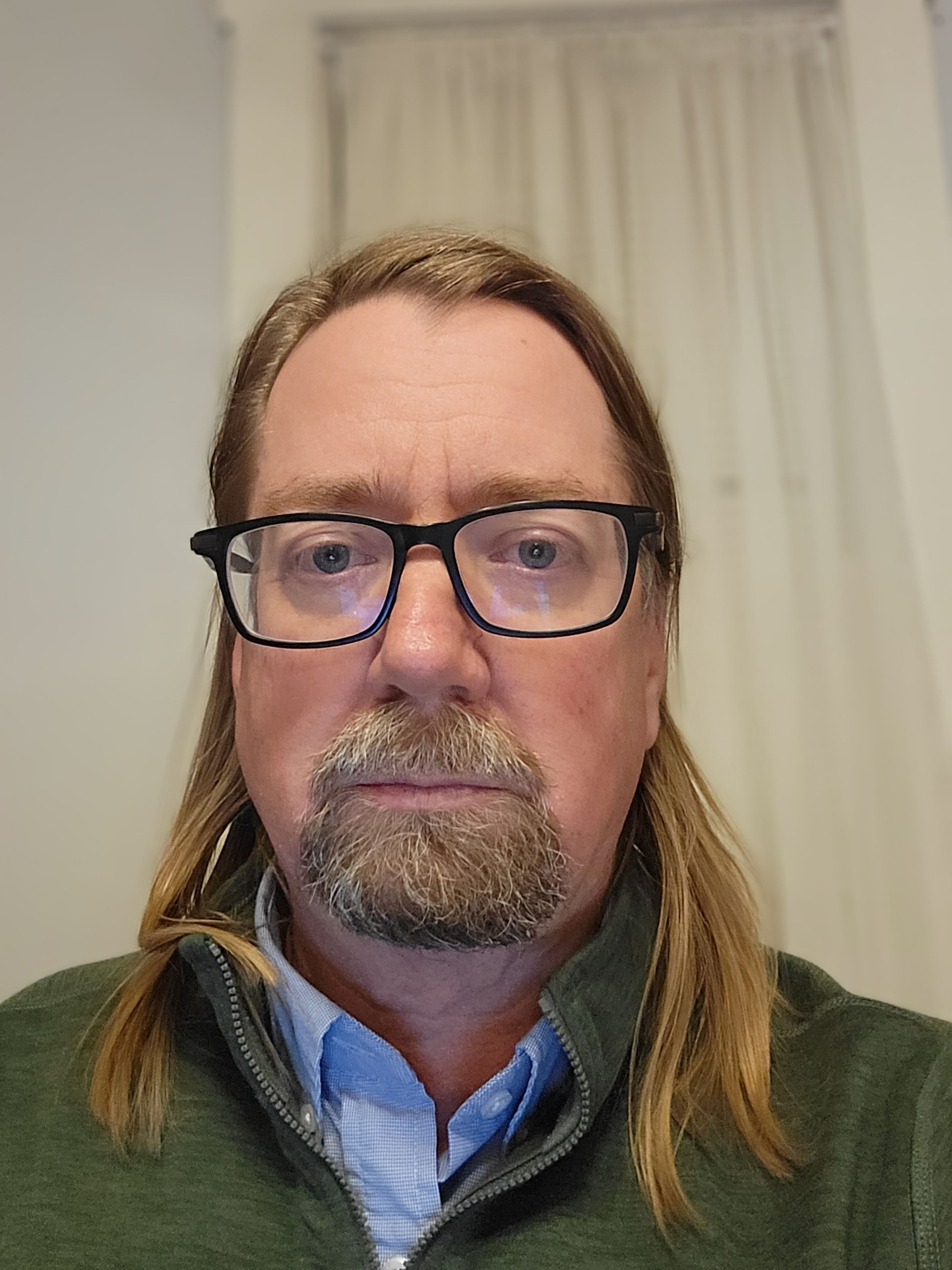Tribe preps for steelhead harvest
Nez Perce Tribe anglers to use various methods, including gill nets
The Nez Perce Tribe intends to harvest its share of the steelhead run returning to the Clearwater River.
To do so, tribal members will, as they have in the past, use a variety of methods, including gill nets. New this year, tribal fishers may use floating drift nets near the confluence of the Snake and Clearwater rivers.
Joseph Oatman, deputy program manager and harvest manager for the tribe’s Department of Fisheries Resources Management, said a catch imbalance has developed in the Clearwater River, with sport anglers typically harvesting a much larger share of the steelhead run than tribal members.
The tribe reserved fishing rights in its 1855 and 1863 treaties with the federal government. By court precedent, the portions of salmon and steelhead runs available for harvest are split evenly by tribal and nontribal anglers.
“The tribe has every expectation we will be able to get our fish,” Oatman said. “We have a regulated fishery to make sure we don’t exceed allowable impacts for fall fish, and we manage for hatchery (spawning goals). It’s very important we benefit from these fish that we produce.”
The tribe operates the Nez Perce Tribal Hatchery, co-manages Dworshak Nation-al Fish Hatchery and manages Kooskia National Fish Hatchery. The tribe also runs a number of important conservation programs, including one that rehabilitates wild steelhead so they can spawn a second time and one working to restore Pacific lamprey.
The tribe fought to release hatchery fall chinook upstream of Lower Granite Dam. In 1990, only 78 fall chinook were counted at Lower Granite. Now, the 10-year average for fall chinook at Lower Granite exceeds 37,000. The tribe worked for two decades to restore coho salmon to the Clearwater River after the run was declared functionally extinct in the mid-1980s. Popular sport fisheries are now dependent on the tribe’s fall chinook and coho programs, and both hatchery and wild steelhead benefit from the tribe’s restoration and conservation efforts.
The Idaho Department of Fish and Game and the tribe both manage their own fisheries. But they work together to share harvest data and keep tabs on the strength of salmon and steelhead runs and the spawning needs of hatchery and wild fish. Both have their own permits with the federal government that outline how many wild fish protected under the Endangered Species Act can be killed during their fishing seasons. But each entity runs their fisheries and manages the allowable take of protected fish differently.
Idaho requires its sport anglers to release any protected wild fish they catch. Even so, a number of those released fish perish from the experience.
Tribal members often use methods such as gillnetting or gaffing, in which wild fish can’t be released. Still, those fish are accounted for in the same way that wild fish that die in the state’s fishery are.
“Steelhead are important to our culture, health and wellbeing,” Oatman said. “We are going to do everything we can to make sure we are going to conduct a responsible fishery. We want to have fish today as well as for future years and future generations of Nez Perce that will also be participating in this fishery that is so central to our way of life.”
But gill net fishing is controversial with some anglers who view it as destructive. That is the way Steve Wilkening, of Clarkston, sees it. He doesn’t dispute the right of tribal members to harvest steelhead, but says they should use a method that allows wild fish to be released.
“I am an advocate that a gill net is not the right means of harvesting in any type of fishery,” he said. “Especially in the river because it’s not selective.”
He is also opposed to tribal and nontribal gill nets on the Columbia River.
“They need to ban gill nets completely,” he said.
Idaho Fish and Game officials are trying to educate sport anglers about the ways in which the tribal and nontribal fisheries are managed.
“Fish and Game is in support of the tribe using strategies that will help them reach their harvest share while not exceeding their wild fish impacts, and that is what they are doing,” said Joe DuPont, regional fisheries manager for the Idaho Department of Fish and Game.
He is asking sport anglers to give tribal anglers using drift nets the space they need.
“This is a popular strategy in some coastal rivers, and sport anglers and netters have learned to fish together in a manner where both parties catch fish,” he said.
He believes the same thing can happen here.
“We have to figure out a way to share the river effectively. They are taking no more fish than us, and the impacts are within their permits, and that is fine with us,” said DuPont. “Our goal is to work together so both parties can meet their harvest shares and meet other important fisheries goals.”
Barker may be contacted at ebarker@lmtribune.com or at (208) 848-2273. Follow him on Twitter @ezebarker.
“Steelhead are important to our culture, health and wellbeing. We are going to do everything we can to make sure we are going to conduct a responsible fishery.”
Joseph Oatman, deputy program manager and harvest manager for the tribe’s Department of Fisheries Resources Management









